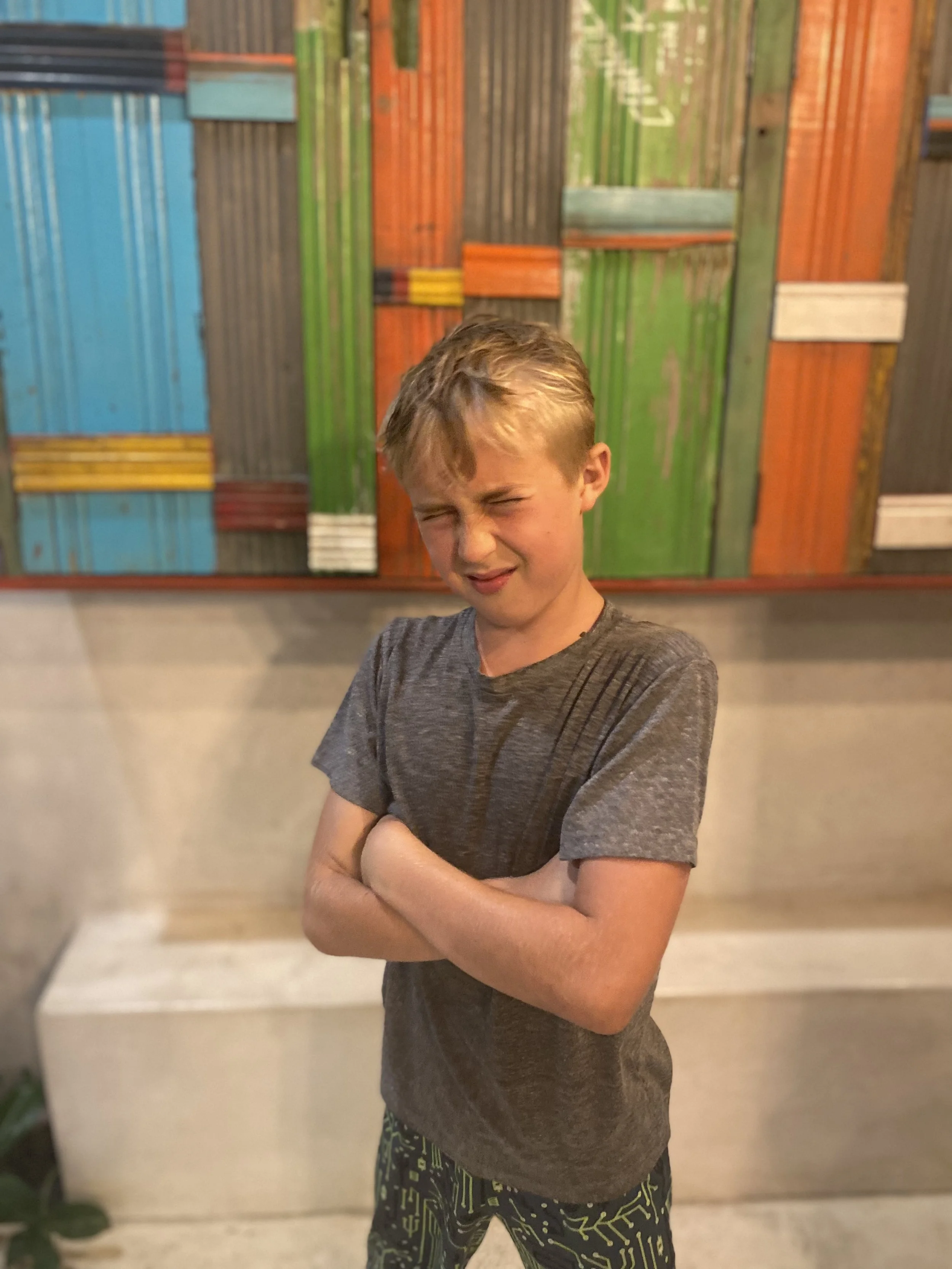How to Get Out of The Aversion Cycle
The Difference between Fear and Anxiety
Fear is about something present and immediate, that needs a response in that very moment. Fear is an emergency… something is happening and your nervous system needs to bypass your brain with a quick reaction. “Quick, there is a snake! Move!” Anxiety is for being prepared in the case of future danger. Anxiety is preperation not emergency. There is a difference. Have you ever thought that anxiety actually could serve a purpose?
As a mammal, we needed worry and fear to survive all the real evolutionary threats around us. Arousal is a signal or noise. Our body reacts to the signal, wondering: does it need an emergency response?
It is our interpretation of ambiguous stimuli that lead to the arousal and feeling of risk/danger. Like a smoke detector. Sometimes our smoke detector alerts us when we are just cooking bacon (and it is too sensitive to smoke) and other times it alerts us to a real fire!
The unpleasantness of anxiety is its nature. Unpleasantness and discomfort are necessary to get us out of an emergency situation. We need to move quickly and with precision. Discomfort motivates! (Avoidance of danger is a natural hardwired and evolutionary tendency).
The Aversion Cycle
The brain mobilizes a whole pattern of mostly automatic reactions that help us deal with whatever is threatening our survival, helping us to avoid the threat. We call this initial pattern of reactions (in which we feel negatively toward and want to avoid or eliminate something) aversion.
Aversion forces us to act in some appropriate way to the situation and to turn off the warning signal. In this way, it can serve us well, it can even save our lives. Sometimes.
But it's not hard to see that the same reactions are going to be counterproductive and even dangerous to our well-being when directed at what's going on toward our own thoughts, feelings, and sense of self.
None of us can run fast enough to escape our own inner experience. Nor can we eliminate unpleasant, oppressive, and threatening thoughts and feelings by fighting with them and trying to annihilate them. Here is where aversion and anxiety become UNHELPFUL!
Aversion Turned Inward
When we react to our own negative thoughts and feelings with aversion, the brain circuitry involved in physical avoidance, submission, or defensive attack (the "avoidance system" of the brain) is activated. Once this mechanism is switched on, the body tenses as if it were either getting ready to run or bracing itself for an assault.
We can also sense the effects of aversion on our minds. When we are preoccupied, dwelling on how to get rid of our feelings of sadness or disconnection, our whole experience is one of contraction. The mind, driven to focus on the compelling yet futile task of getting rid of these feelings, closes in on itself. It stops noticing other stimuli and information. And with it, our experience of life itself narrows, Somehow we feel cramped and boxed in. We have less choices… We come to feel increasingly cut off from the wider space of possibilities that we long to connect with.
When we react negatively with aversion to our own “negative” (unpleasant) emotions, treating them as enemies to be destroyed, we get into trouble. Understanding aversion is crucial to understanding what gets us stuck in unhappiness.
NOW WHAT?
Now notice how much energy you will save by NOT feeling aversion to your anxiety and your own internal world.
Every time we avoid anything, we give more power to that thing! We invest in what we don’t want and keep it on the forefront of our mind. We are in a narrowing perspective: contracted!
And now, remember the analogy of the smoke detector. We want to listen to your anxiety and see what it is worried about. Our anxiety is trying to communicate something. If it is a smoke detector, we want to acknowledge it. Ask your anxiety: “what is your purpose? What is the message being sent to me? What are you trying to tell me?”
You will lean into your anxiety.
Next, you’re going to pay attention to the sensations you’re having: experiential, somatic, and physical. You’re interviewing the sensations: what’s the story they want to tell you?
The key is you’re not pushing away the sensations and you’re not pushing away your anxiety. You’re listening to your anxiety to see what you need to learn.
Instead of masking your anxiety with the wide range of coping mechanisms that you have learned and sort of work…(breathwork, social connection, distraction, eating, drinking, drugs, video games, TV, etc…) you are listening and observing.
After all this observation and listening, you will be better prepared to evaluate if your anxiety is about an actual emergency or something else….
Are you interested in working on your personal development? Are you looking for a life coach or a life consultant? Are you feeling stagnant? Do you want to jumpstart change?
My transformational approach is a process where awareness, alignment, and action work together as catalysts to create momentum for change.
*Awareness is knowing what you genuinely want and need.
*Alignment is the symmetry between our values and our actions. It means our inner and outer worlds match.
*Action is when you are conscious that what you say, do and think are in harmony with your values.
Together we build an understanding of what you want to accomplish, and delve deeply into building awareness around any thoughts and assumptions that you may already have. To truly transform your life, I will empower you to rethink what’s possible for you.
__
Learn more about my approach to life consulting and relationship coaching here or get in touch for your free 30-minute consultation here! Don’t forget to follow along @LilyManne on social for more regular updates!


